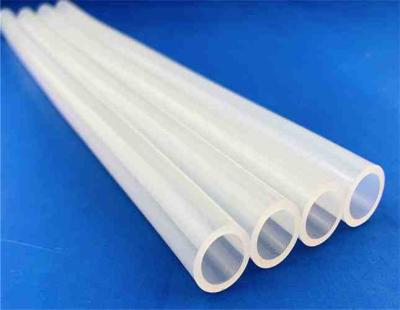Categories
Tags
-
#Peristaltic Pumps
#Micro Peristaltic Pump
#Peristaltic Pump Head
#Straight Tubeline Peristaltic Pumps
#Peristaltic Pump Tube
#Peristaltic Pump
#Cummins Engine
#Silicone Tube for Peristaltic Pump
#Why Multichannel Peristaltic Pumps Are Essential for Laboratory Automation
#Technologies For Jewelry
#Silicone Tubing Peristaltic Pumps
#OEM Peristaltic Pumps
#Silicone Tube for Your Peristaltic Pump
#Handheld Sampling Pump
#The Benefits of Using Peristaltic Pumps in Food and Beverage Applications
#Medical Grade Silicone Tubing
#Large Peristaltic Pumps
#Cummins Engine Cylinder Head
#Industrial Peristaltic Pump
#Low Flow Peristaltic Pumps
#Peristaltic Pump Motor
#Industrial Peristaltic Pumps
#Peristaltic Pumps in Industrial Washing
#3D Printed Peristaltic Pump
#Peristaltic Pump Silicone Tube
Archives
How to Extend the Lifespan of Your Peristaltic Pump Silicone Tu
-
How to Extend the Lifespan of Your Peristaltic Pump Silicone Tube
A peristaltic pump silicone tube is a wear item, meaning it will eventually fail because of repeated compression by the pump’s rollers. However, many users unknowingly shorten the tubing’s service life due to incorrect installation or improper operating conditions. By understanding the factors that affect tube durability, operators can reduce replacement frequency and keep pump systems running smoothly.
Common Causes of Silicone Tube Wear
Excessive Pump Speed
High RPM increases friction and heat, accelerating fatigue. Running a pump at unnecessarily high speed is the quickest way to shorten tube life.Over-Compression by the Pump Head
If the rollers apply more pressure than necessary, the tube becomes flattened. This leads to cracking, reduced elasticity, and flow inconsistency.Chemical Attack
Although silicone has broad compatibility, some chemicals—especially oils and aromatic solvents—cause swelling, softening, or discoloration.High Operating Temperature
While silicone handles heat, prolonged exposure to near-limit temperatures can accelerate aging.Particulate Contamination
Abrasive particles in the fluid erode the inner wall and reduce tube strength.Best Practices to Prolong Tube Life
Choose the Correct Tube Size & Material
Using a tube with the wrong wall thickness can cause premature collapse. Select size according to the pump manufacturer’s recommendations.Optimize Pump Speed
Slower speeds reduce friction, heat, and mechanical stress. Many applications achieve the same flow using a larger tube at a lower RPM.Avoid Over-Compression
If the pump head allows adjustment, set the pressure to the minimum required to maintain flow and prevent backflow.Check Chemical Compatibility
Always verify that the fluid will not react adversely with silicone. If in doubt, test with a short sample before continuous use.Conduct Regular Inspections
Look out for hardening, cracks, discoloration, or deformation. Replacing the tube before failure avoids system downtime.Signs Your Silicone Tube Needs Replacement
l Noticeable drop in flow rate
l Loss of elasticity or tube flattening
l Visible surface cracks
l Leakage around the rotor area
l Tube turning cloudy or sticky
Changing silicone tubing at the right time ensures stable pump performance and protects the overall system.
Final Thoughts
Proper selection, correct installation, and smart maintenance can significantly extend the life of peristaltic pump silicone tubes. While they are consumable parts, responsible operation can reduce replacement costs and ensure consistent fluid control in any application.
